A ball valve is a shut-off valve that controls the flow of a liquid or gas using a rotary ball with a bore. The ball is rotated 90 degrees (quarter-turn) to either allow flow (open) or block flow (closed). These valves are widely used due to their durability, tight sealing, and quick operation.
Ball Valve types Based on Operation Method
- Manual Ball Valve: Operated by a lever or handle.
- Pneumatic Ball Valve: Uses compressed air for automation.
- Electric Ball Valve: Operated by an electric actuator.
Applications of Ball Valves
- Oil & Gas Industry – Used in pipelines for quick shut-off and control.
- Water & Wastewater Treatment – Controls water flow in treatment plants.
- Chemical & Pharmaceutical Industry – Handles aggressive and corrosive fluids.
- HVAC Systems – Used for heating and cooling systems.
- Food & Beverage Industry – Ensures sanitary conditions with stainless steel ball valves.
Advantages of Ball Valves
- Fast quarter-turn operation
- Low torque requirement for operation
- Leak-proof sealing.
- Suitable for high-pressure and high-temperature applications.
- Minimal maintenance with a long service life.


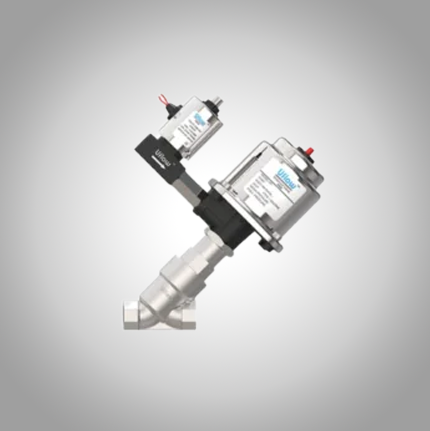

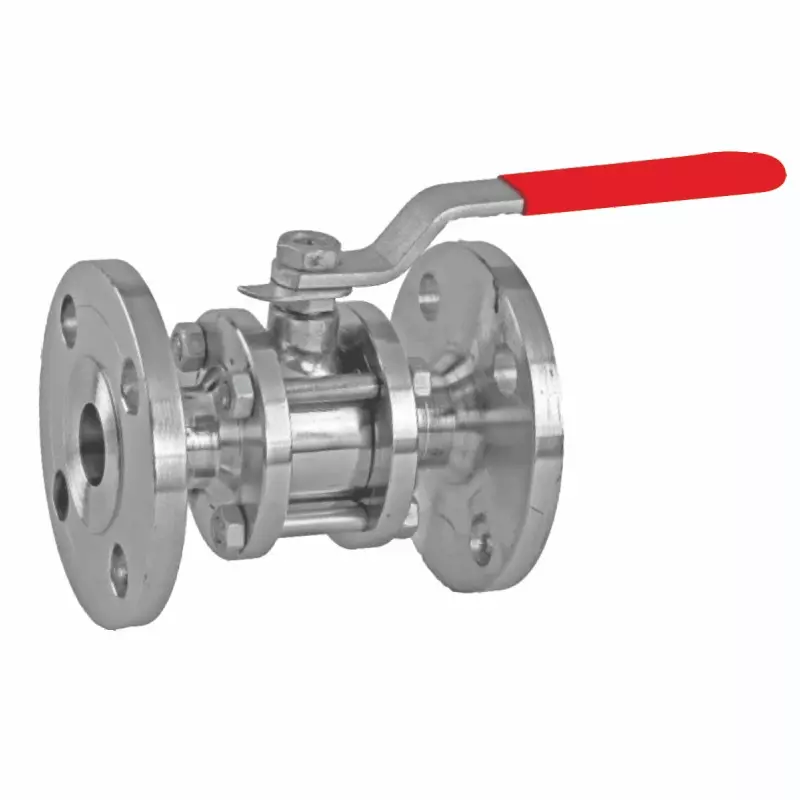
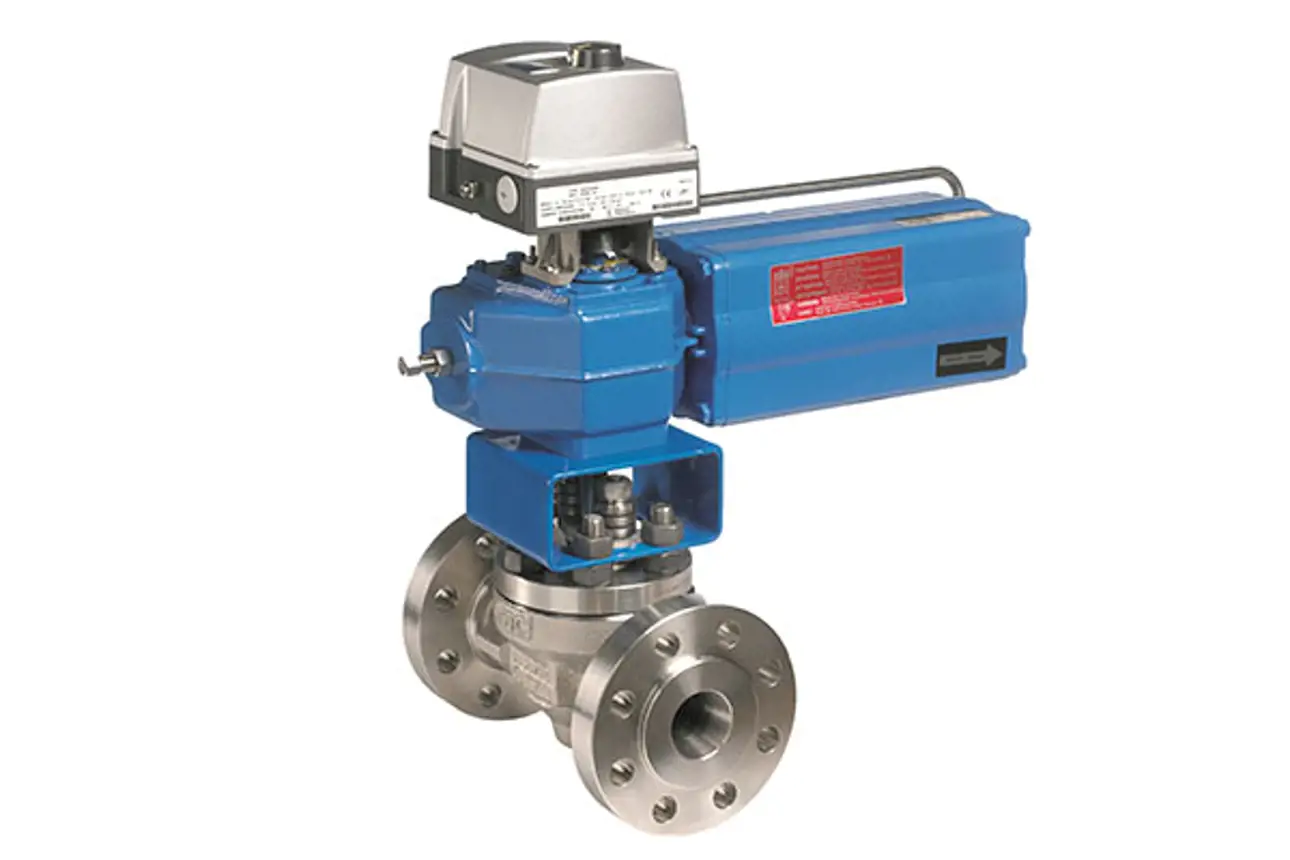
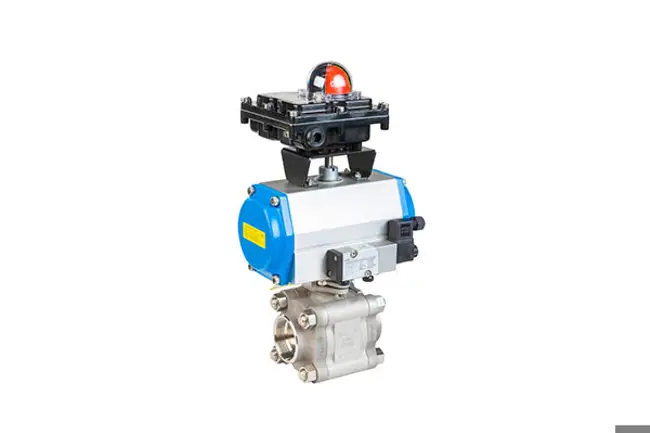











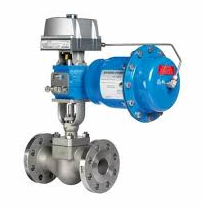
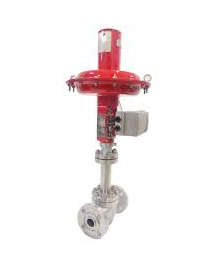

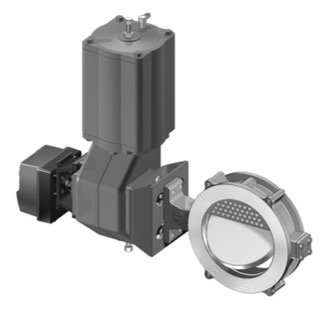



Reviews
There are no reviews yet.